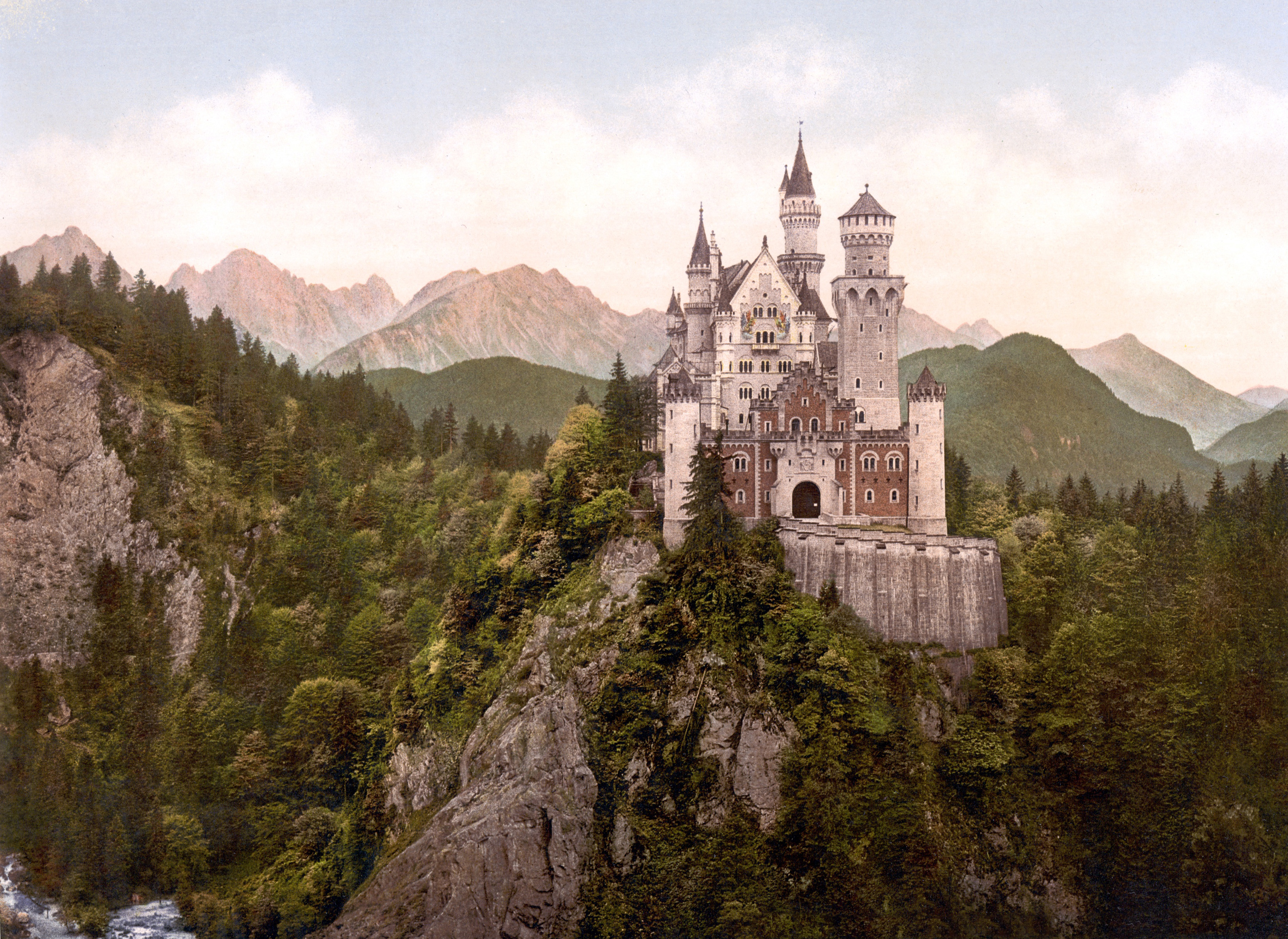
Still misunderstood by many, Germany stands as one of the most endlessly engaging countries on the continent. Anyone expecting a homogenous nation conforming to rigid Teutonic stereotypes is in for a shock. As a travel destination, it’s somewhere with a huge personality, notable for a clutch of truly livable cities, culture served up in hefty portions and rural scenery so heart-melting you’ll be left bemused why some people still think of the place as lacking allure.
It’s the country’s urban highlights that tend to draw the attention first. Berlin is the very definition of a dynamic city, having forged a good time reputation for groundbreaking creativity while still keeping sight of its past. Elsewhere, the likes of Cologne, Munich and Hamburg – to mention three of many – provide the capital with able support. Not only are they rich in historical buildings and eyes-to-the-future nightlife, they also give firm dissent to the notion that Germany doesn’t do gastronomy. These days, you dine and drink well in Deutschland.
The country occupies a prime position in the heart of the continent, both literally and figuratively. It’s home to the largest economy in Europe, has more inhabitants than anywhere in the EU and shares land borders with no less than nine other nations. It’s perhaps little surprise, then, that today’s Germany is far more diverse, far more cosmopolitan – and in many cases far more liberal – than elements of its past reputation would suggest. You’ll find a destination that well understands how to blend tradition and convention with modernism and self-confidence. There’s good reason why the tourist board now fills its marketing material with buzzwords like ‘youth’, ‘inspiration’ and ‘innovation’.
For the uninitiated, it’s somewhere full of surprises. The brightest seams of the country’s history are full of reward, whether in the form of classical music, fine art or medieval architecture. Similarly, the humour associated with some of its more clichéd attractions – from oompah-soundtracked beer halls and vorsprung durch technik design to octogenarian-frequented spa towns – belies the fact that the reality often holds massive appeal.
The beauty of the German countryside, too, is a huge selling point. From the fabulous peaks of the Bavarian Alps and the pale cliffs of the Jasmund National Park to the castles of the Rhine and the moors of the Mecklenburg Lake District, there’s much to draw outdoor enthusiasts. Hikers, cyclists, boaters, motorists and skiers will all find plenty to enjoy.
Germany’s history – particularly those chapters concerned with WWII and the Cold War – more or less ensures that some outsiders will still have misconceptions of the country and its people. A gloomy post-communist landscape of grey skies and greyer cities? A work-obsessed population who don’t know how to let their hair down? Menus of bratwurst, bratwurst and extra bratwurst?
Dismantling notions like these is one of the great joys of travel in 21st-century Germany. Costs are manageable, overcrowded attractions are rare and – while it’s a sizeable country – getting from A to B is made straightforward by one of Europe’s most efficient public transport networks.
